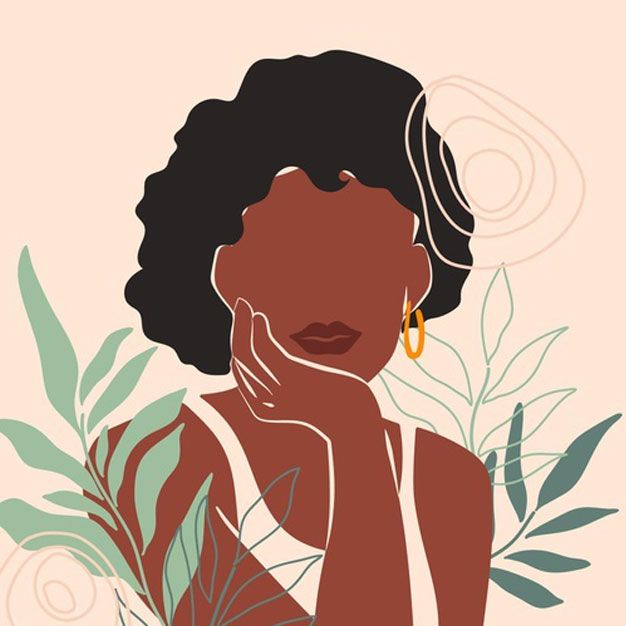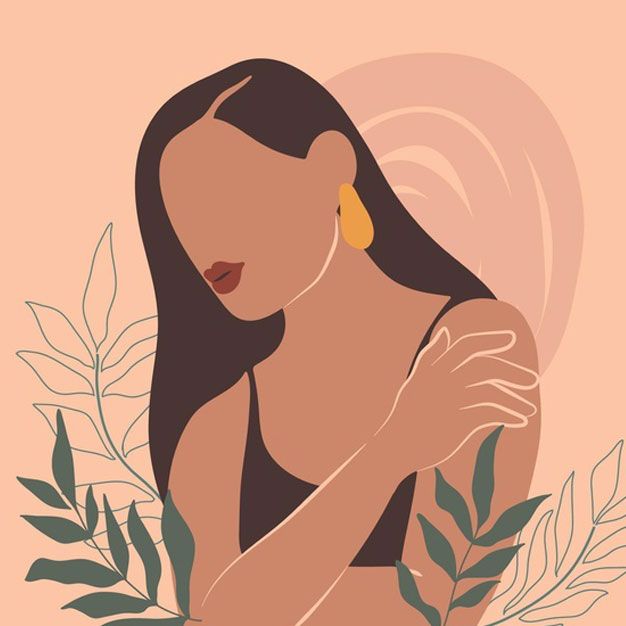For those of
us who are trying to manage our chronic hair pulling, many of us (if not most
of us) may not realize that food allergies and sensitivities could be playing a
role in our hair-pulling urges.
For women like us, it’s essential to understand
how the foods we eat may impact our condition. This article will walk you
through testing for food allergies and sensitivities and offer TTM-specific
advice to help you on your healing journey.
Food allergies
and sensitivities can cause a wide range of symptoms, and they’re not just
limited to digestive issues. Many women with TTM also experience inflammation
caused by food sensitivities that can make their hair-pulling worse.
Symptoms
of food allergies can include hives, swelling, itching, difficulty breathing,
and even anaphylaxis. On the other hand, food sensitivities may result in
bloating, headaches, fatigue, joint pain, and even mood swings—all of which can
exacerbate your TTM urges.
Medical research has proven that many
of us who live with trichotillomania also struggle with gut health conditions
like celiac disease, IBS, or Crohn's disease, which can increase inflammation
and contribute to our symptoms.
Understanding whether food
allergies or sensitivities are contributing to your condition can help you make
the changes needed to manage your hair-pulling urges more effectively.
Types of Food Allergy and Sensitivity Tests
If you suspect
that certain foods are making your TTM worse, testing can provide clarity. Here
are some common methods used to identify food allergies and sensitivities:
The skin prick
test is a commonly used test that involves placing small amounts of allergenic
extracts on the skin and then pricking the skin's surface. If you're allergic
to a particular food, a raised bump or hive may develop at the test site within
15-20 minutes. This test helps detect immediate allergic reactions.
Blood tests
like the IgE antibody test and IgG antibody test measure levels of specific
antibodies your immune system produces in response to food allergens. While IgE
antibodies are linked to immediate reactions, IgG antibodies are connected to
delayed sensitivities that may develop over time. For those of us with TTM,
it's crucial to explore delayed sensitivities, as they may play a role in
chronic inflammation and hair-pulling urges (Grant et al., 2021).
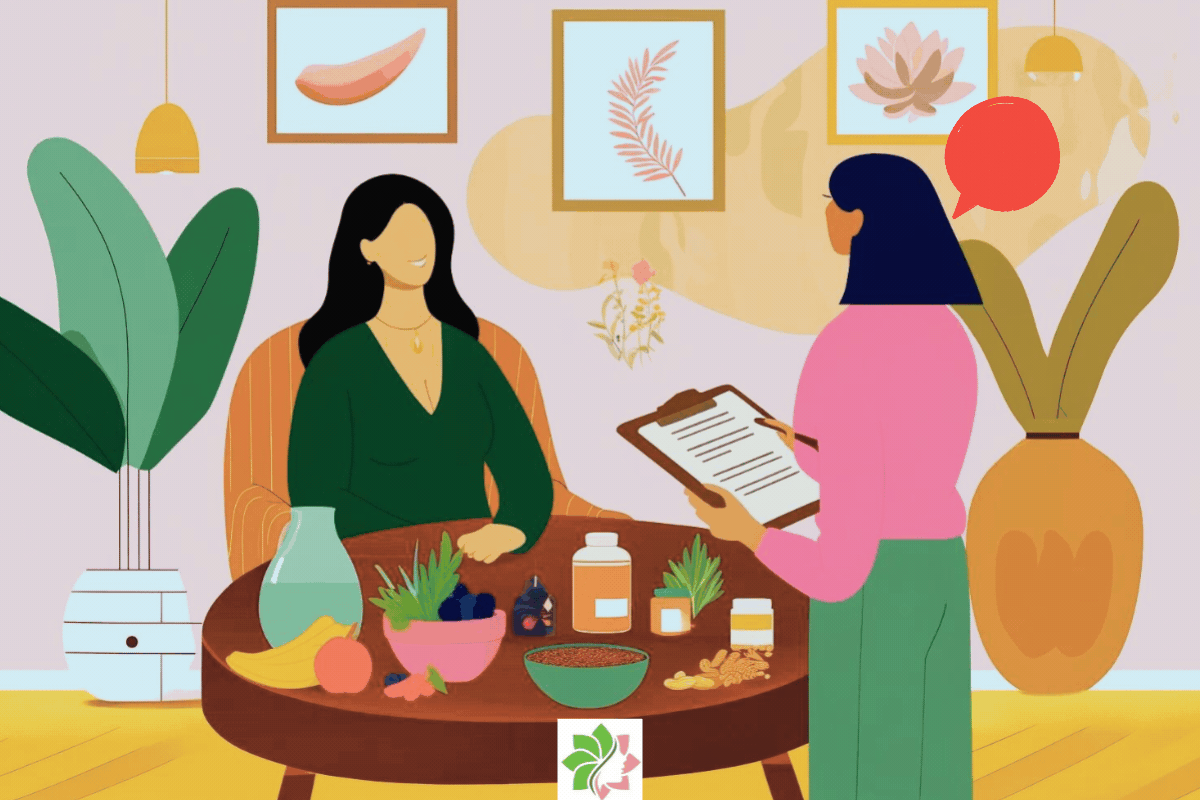
An elimination
diet is a great option for women with TTM. This method involves removing
potentially allergenic foods from your diet for 2-4 weeks and then
reintroducing them one by one while monitoring for symptoms. Keeping a food
journal during this process will help you identify which foods may be
triggering hair-pulling urges.
The
food challenge test is performed under medical supervision and involves giving
you increasing doses of a suspected allergen to see if it triggers a reaction.
This test can be particularly helpful for identifying severe allergies, but it
should always be done in a safe, controlled environment.
Certain foods
are known to increase inflammation and neurotransmitter imbalances, both of
which can lead to increased TTM symptoms. Common triggers include:
- Yeast: Yeast-containing
foods like bread, beer, and vinegar-based products can contribute to an
overgrowth of yeast in the gut, which may increase inflammation and trigger
hair-pulling urges.
- Gluten: Many
women with TTM also have gluten sensitivities or celiac disease, which can
cause inflammation and worsen hair-pulling urges (Yang et al., 2022).
- Soy: Soy
products can disrupt hormone balance and increase glutamate levels in the
brain, both of which may contribute to heightened compulsive behaviors and
trigger hair-pulling urges.
- Processed
Sugars: High sugar intake can cause blood sugar spikes, leading to increased
anxiety and impulse control issues.
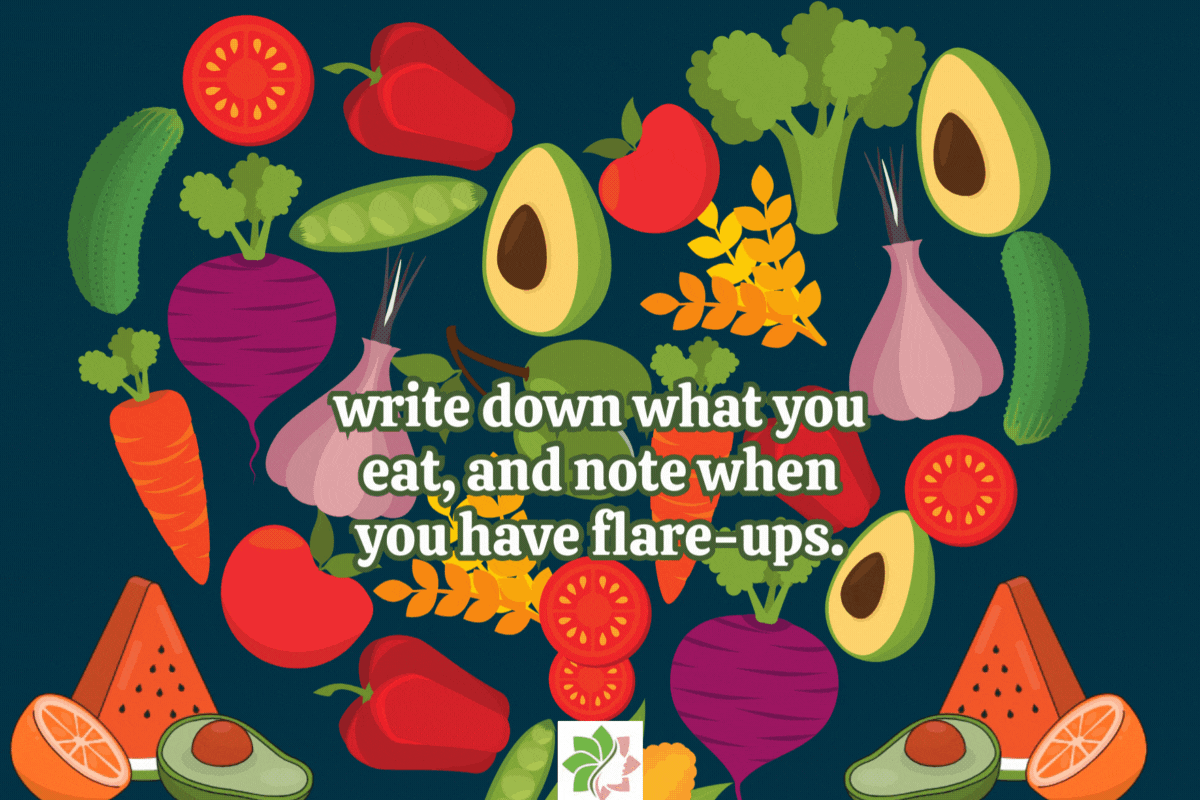
If you suspect
that food allergies or sensitivities are making your trichotillomania worse,
here are some steps you can take:
- Consult a
healthcare professional: Work with a TTM-informed nutritionist or dietitian to
help guide you through testing for food allergies or sensitivities. This is
especially important if you have gut health issues like celiac disease or IBS.
- Try an
elimination diet: By temporarily eliminating common trigger foods such as
gluten, dairy, and processed sugars, you can monitor how your body responds.
Keep a journal of your symptoms and track changes in your hair-pulling urges.
- Monitor
inflammation: Pay attention to how your body feels when you eat certain foods.
If you notice an increase in inflammation, such as joint pain, digestive
issues, or fatigue, this could be a sign that the food is triggering increased
hair-pulling urges.
- Incorporate
anti-inflammatory foods: Foods like salmon, leafy greens, turmeric, and ginger
are known for their anti-inflammatory properties and can help reduce
inflammation in the body, potentially easing hair-pulling urges (Grant et al.,
2021).
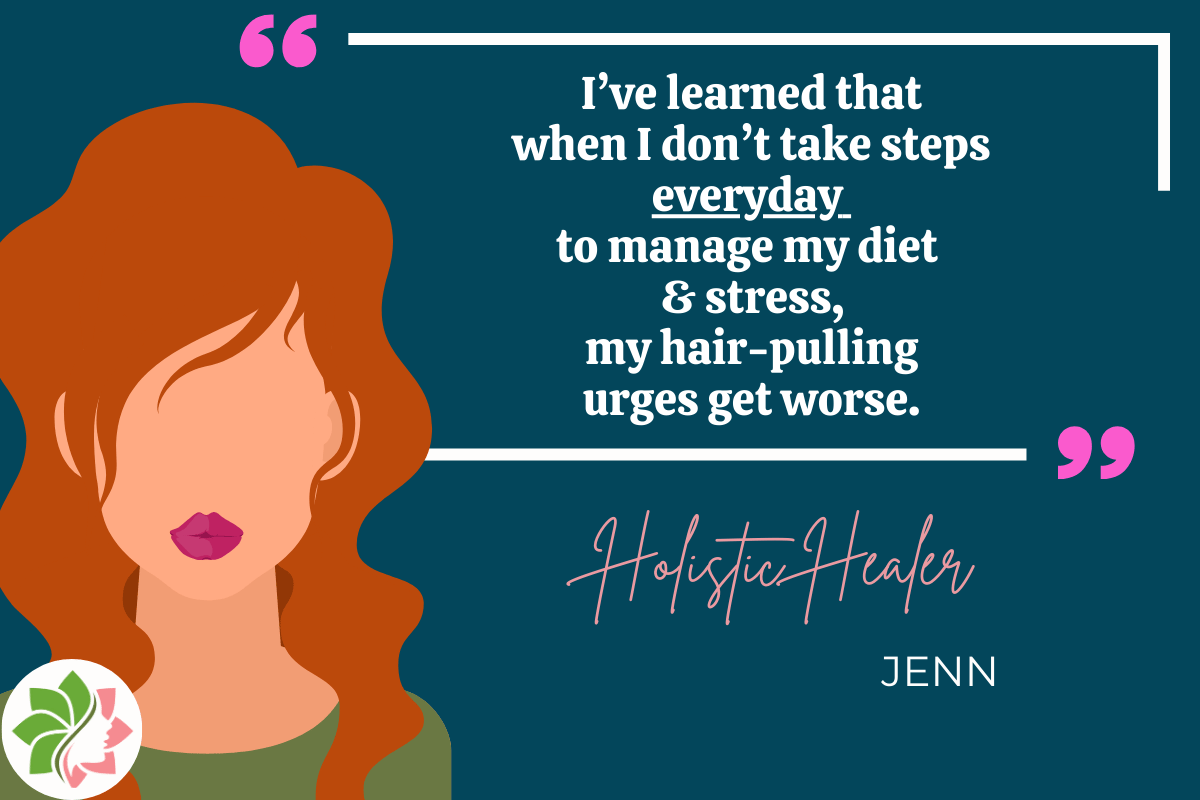
At HFHP, we
know firsthand how challenging it can be to manage trichotillomania while also
navigating food sensitivities and allergies.
That’s why we’ve created a
downloadable guide to help you find a TTM-informed healthcare professional who
can assist with food sensitivity testing and personalized nutrition plans. We
also include tips for reducing inflammation and lowering your
hair-pulling urges.
We offer this
guide in our health education course called UnTrick Yourself™. Get your copy
when you enroll in our evidence-based, self-help program!
At Healing
from Hair Pulling, we’re here to support you through every step of your healing
journey. Our programs are designed to help you build confidence, manage stress,
and reduce hair-pulling—all while surrounded by people who understand and care
about you.
Join UnTrick
Yourself™, our peer-led, evidence-based program designed to help women with
trichotillomania. Together, we’ll explore how improving your diet, reducing
inflammation, and managing emotional triggers can help you regain control. With
our supportive community and practical tools, you’ll never have to go through
this journey alone.
Join us at healingfromhairpulling.com
and take the first step on your journey toward healing. Together, let’s find
what works best for you!
Grant, J. E., Chamberlain, S. R., & Odlaug, B. L. (2021).
Glutamatergic agents in the treatment of trichotillomania. CNS Drugs, 35(3),
235-243. https://doi.org/10.1007/s40263-021-00788-1
Yang, L., Wang, S.,
& Duan, W. (2022). Dysbiosis and gut inflammation in trichotillomania: A
potential link. Neuroscience & Biobehavioral Reviews, 134, 1047-1058. https://doi.org/10.1016/j.neubiorev.2021.11.016





